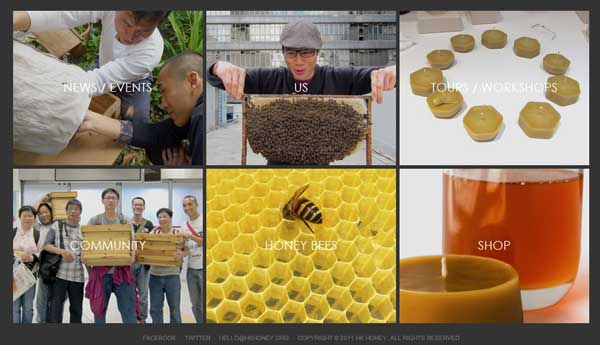
Yesterday I had the amazing fortune to meet Kobayashi Kenji (小林健二) at Sinajina (品品) in Jiyūgaoka, Setagaya-ku. Recognized as a leading Japanese green designer and bonsai innovator, Kobayashi-sensei has a vision for bring an appreciation of nature through caring for plants to a wide audience.
By making plants into attractive small objects, Kobayashi-sensei has succeeded in attracting many young people to his shop, studio and classroom housed in a beautiful modern building. Trays of plants line the front of the building, and a shelf has been built above the door to the entrance for additional storage. Inside is a gallery setting, where small plants are growing in elegant yet simple pots arranged with moss and stones.

My friend Britton, who is fluent in Japanese and a moss expert, and I arrived at his shop with little notice and no expectation that Kobayashi-sensei would have time to speak with us. I was surprised by his incredible hospitality: offering us cool green tea on a hot day, and talking at length about his philosophy of plants, his background, and his craft. He was wearing a t-shirt of Allen Ginsberg’s Howl.
Having recently visited the far more traditional Bonsai Museum in Edogawa-ku, I immediately noticed the difference in approach. Whereas Kobayashi Kunio takes pride in caring for plants that are hundreds of years old, Kobayashi Kenji of Sinajina is excited to work with less expensive plant materials and to create modern imaginary worlds including miniature parks, decorative animals, and contemporary landscapes.
Kobayashi told me that his background was in landscape architecture, and that he worked on some large-scale projects including Tokyo Big Sight. In 1998, he went to Portland to study with Kawamoto Toshio-sensei of Japan Bonsai. Unlike landscape architecture where the drawings on paper represent large areas in small form, he enjoyed how designing miniatures means that the plan and the execution are at the same scale. And unlike traditional bonsai which focuses on a single old tree, Kobayashi’s style is closer to saikei, miniature landscapes that can contain multiple trees and younger plants. By studying outside Japan with Kawamoto-san, he learned traditional techniques but with great freedom to imagine his own style.
Kobayashi-sensei spoke and showed us two arrangements. The one in the photo at the top is a miniature park, with the small stones representing a path, the moss bushes, and the seedlings mature trees. Another was a tiny maple tree growing at an angle from a tiny round ceramic with a clump of moss and tiny stones. In neither case had he used traditional bonsai wires, and the plants were between six months and perhaps two years old.

Kobayashi-sensei says that traditional bonsai craft and ownership is the domain of old and powerful men. And that many urban gardeners are older women. As we talked, he was proud that his shop attracts many young people. A green entrepreneur friend had warned me that Kobayashi’s plants are “expensive,” but the $40 to $200 cost of plant and pot is nothing compared to traditional bonsai trees that far outlast human life spans. Yet, like traditional bonsais, they are both miniature environments and objects of tremendous beauty.
Kobayashi-sensei views caring for plants as a way for urban people to connect to the environment. He says it is not enough for urban people to visit the countryside for a day and appreciate the beauty of nature. In an age of “consumerist culture” where cut flowers and plants are considered disposable, he wants to seduce young people and children to see his plants not as accessories but as part of the family, like a pet, that requires care and attention.
By sending his magical plants into homes, and at prices that (at least some) kids can afford, he wants to inspire young people to appreciate plants at a very practical level. Care for them, or they will die. Close attention will allow city dwellers to learn about plant life cycles, witness seasonal change, see growth, and actively beautify them. Kobayashi-sensei compares plants to humans in that both need some grooming to look their best– people need to cut their hair and nails, while his plants need to to be up-potted every three years, pruned, and have their roots cut back. I was startled to hear him say that a potted plant has more chance to thrive than a wild one, because in the forest plants “fight each other” for light and nutrients.





